Starting to learn about French wine can feel a bit overwhelming, like walking into a huge, old library with no clear guide. There’s so much to discover, and the wine labels are very different from those in countries like the US or Australia. For beginners, the best approach is to start with a few simple rules that make exploring French wine fun instead of confusing. French wine is much more than a drink-it’s a part of French culture, full of history and tradition, and it can also make food taste even better.
France is one of the most important wine-making countries in the world, making about 8 billion bottles each year-second only to Italy. French vineyards go back to the 6th century B.C., and there are over 792,000 hectares (about 1.95 million acres) of grapevines in the country. French people are also among the top wine drinkers in the world, yet they still send about 30% of their wine abroad. This long history and focus on quality have made French wine famous everywhere.

What Makes French Wine Special?
French wines are known for their top quality and for expressing something called “terroir.” Terroir is a key idea in French wine. It means that every bottle reflects the place where it was made. This idea shapes everything: which grapes are used, how the wine is made, and even how bottles are labeled.
Unlike wines from many other countries, French wines focus more on tasting like their home region, rather than just showing strong fruit flavors. They often have more subtle flavors that ask you to notice the land and the traditions behind the wine. Every sip can reveal new details and stories about where the grapes grew.
Terroir: How Where the Wine Comes from Matters
French wine labels usually don’t show grape names because of terroir, the idea that the wine reflects its place. Terroir covers all the things influencing the wine: soil type (like chalk, clay, gravel, or limestone), how steep the vineyard is, which way it faces, the climate, the weather pattern for that year, and even the way the vineyard is farmed and the wine is made. It also includes people’s traditions-how they prune the vines, which grapes they plant, and how they turn grapes into wine. That’s why the same grape can taste very different depending on where it’s grown in France.
The French Wine Classification: AOC and AOP
The AOC (Appellation d’Origine Contrôlée) or AOP (Appellation d’Origine Protégée) system is very important in France. Created in 1935, the AOC system sets rules for how wine must be made if it wants to use a certain place name on the label. These rules cover grape varieties, yields, and winemaking methods. The system’s purpose is to keep up quality and guarantee that a bottle truly represents its region.
For example:
- In Burgundy, the rules are based on the vineyard’s land.
- In Bordeaux, the focus is usually on the estate or chateau.
Knowing about these classifications helps new wine fans find their way through French wine options and understand what makes each bottle unique.

Why French Wines List Regions Instead of Grape Types
French wine bottles usually name the region, not the grape. For example, a red wine labeled “Bourgogne” will be Pinot Noir, while a white will be Chardonnay. The French think the place is the most important thing, because the land, weather, and local styles influence how the wine turns out. Thinking of wines by region helps you learn more about what goes in the bottle and why, instead of just picking by grape variety.
Main French Grape Varieties to Know
Even though French wine bottles highlight regions, it’s useful for beginners to know which grapes are grown where. Understanding this makes it much easier to guess what the wine will taste like. French wine often mixes different grapes to create balanced blends, especially for reds. These are some main grape types every beginner should know:
| Red Grape | Major Region | Main Flavors |
|---|---|---|
| Cabernet Sauvignon | Bordeaux (Left Bank) | Blackcurrant, cedar, tannic, ages well |
| Merlot | Bordeaux (Right Bank) | Plum, cherry, softer, rounder |
| Pinot Noir | Burgundy | Red fruit, earthy, light-bodied |
| Syrah | Rhône (North) | Pepper, dark fruit, savory |
| Gamay | Beaujolais | Juicy, bright red fruit, floral |
| White Grape | Major Region | Main Flavors |
|---|---|---|
| Chardonnay | Burgundy | Apple, citrus, can be crisp or creamy |
| Sauvignon Blanc | Loire Valley | Green apple, citrus, grassy |
| Chenin Blanc | Loire Valley | Apple, honey, mineral, sweet or dry |
| Riesling | Alsace | Floral, citrus, mineral, usually dry |
| Gewürztraminer | Alsace | Lychee, rose, spicy, aromatic |

Important French Wine Regions for Beginners
Learning about the main French wine regions makes the whole subject much simpler. Each one is known for special types of wines and certain grapes. Here are the key regions to know:
- Bordeaux – Famous for powerful red blends. Left Bank (Cabernet Sauvignon focused) and Right Bank (Merlot focused). Also makes white wines from Sauvignon Blanc and Sémillon.
- Burgundy (Bourgogne) – The home of Pinot Noir (red) and Chardonnay (white). Wines often named for the village or vineyard.
- Loire Valley – Known for white Sauvignon Blanc (Sancerre, Pouilly-Fumé), Chenin Blanc (Vouvray), fresh reds like Cabernet Franc, and sparkling wines.
- Rhône Valley – North Rhône makes Syrah-based reds, South Rhône creates smooth blends, often Grenache-Syrah-Mourvèdre (“GSM”).
- Alsace – Almost all white, usually dry and very aromatic. Labels show the grape, which is rare for France.
- Champagne – The only place where sparkling wine can be called “Champagne.” Made from Chardonnay, Pinot Noir, and Pinot Meunier.
- Provence – World-famous for rosé (usually dry and pale pink), often blends. Also makes some important reds near Bandol.
- Languedoc-Roussillon – Makes lots of different styles, offers very good value for the price. Warm climate means ripe, full wines.
- Beaujolais – South of Burgundy, home to fresh, lively Gamay reds, from juicy “Nouveau” to more serious crus like Morgon and Fleurie.
General Styles: Red, White, Rosé, and Sparkling
French wine can be grouped by color and style, too. Each one has a wide range of flavors, and the region makes a big difference:
- Red – From light (Pinot Noir, Gamay) to full and tannic (Cabernet Sauvignon, Syrah). Cool regions (like Burgundy or Loire) tend to make lighter styles. Warm regions (like Bordeaux or Rhône) make richer, stronger reds.
- White – Varying from crisp and light (Sancerre, Chablis) to creamy and full (southern Burgundy). Some places, like Alsace, focus on aromatic whites.
- Rosé – Mostly dry, especially from Provence. Light pink color, very refreshing, often with mild fruit and herb notes.
- Sparkling – Champagne is most famous and costly, but “Crémant” wines from Burgundy, Alsace, and Loire also use the Champagne method at lower prices.
How to Read French Wine Labels
French wine labels can seem tricky, especially because they usually give the region, not the grape type. Here’s what to look for:

- Region/Appellation: Tells where the wine comes from (e.g., “Bordeaux,” “Chablis”). This is the best clue to the wine’s taste and grape variety.
- Producer or Estate: The winery’s name, sometimes “Chateau” or “Domaine.” Reliable producers are a good sign of quality.
- Vintage: The year the grapes were picked. Weather differences each year can affect taste and aging.
- Classification: Terms like “Grand Cru” and “Premier Cru” mean high-quality vineyards in places like Burgundy and Champagne. “AOC” or “AOP” means the wine follows strict rules for that region.
Don’t worry if you don’t see the grape name-just learn what grapes grow where!
Tips for Buying and Enjoying French Wine as a Beginner
- Try different wines from a mix of regions and styles; your own taste is what matters most.
- If you like lighter reds, look for “Bourgogne Rouge” (Pinot Noir), Beaujolais (Gamay), or Cabernet Franc from the Loire.
- For richer reds, choose Côtes-du-Rhône or lower-priced Bordeaux.
- For crisp whites, try Muscadet (Loire) or Chablis (Burgundy). For something richer, try Alsace Gewürztraminer or Mâcon Chardonnay.
- Don’t shy away from rosé-Provence is a safe bet for quality.
- Ask the staff at wine shops for help. A quick chat about what you usually like will lead to good suggestions.
- When tasting, start by looking at the color, then smell the wine, and finally taste it. Notice its acidity (tartness), how light or heavy it feels, and how long the taste lasts.
- Serve reds a bit cooler than room temperature; whites and rosé cold but not too cold; sparkling very well chilled. Decanting (pouring into another container to “breathe”) is good for some reds.
- It’s okay to hunt for value. Languedoc-Roussillon, certain areas in Loire, and the Côtes-du-Rhône Villages often give good wine at lower costs than famous names like Bordeaux or Burgundy. Ask for “hidden gems” or wines from smaller producers-they can be exciting and affordable.
Pairing French Wine with Food
Pairing wine and food is a big part of French tradition. The idea is to match the strength of the wine to the food (light with light, rich with rich) and to think about how acidity or tannins help balance the meal. Wines from one region often go well with the food from that place.

- Whites from Loire (like Sancerre) are great with seafood.
- Bold reds from Bordeaux or Languedoc go well with steak or stews.
- Pinot Noir from Burgundy pairs with lighter meats and earthy dishes.
- Champagne and sparkling Crémant cut nicely through salty snacks or fried foods.
- Provence rosé is perfect with salads, fish, or Mediterranean meals.
If you’re cooking at home, start by matching the strength of the wine to your food, and don’t be afraid to try new combinations. Trust your taste, and enjoy experimenting.
Common Myths and Mistakes with French Wine
Many people believe that all French wine is expensive, or that price always means better quality. That isn’t true. Price depends on many things, like popularity and how much wine was made, not just what’s in the bottle. Excellent wines can be found for reasonable prices in less-famous regions.
Beginners sometimes also think that only Bordeaux and Burgundy matter-France has many other regions (like the Loire, Alsace, Rhône, or Languedoc) with lots to offer. Another myth is that every French wine gets better if you wait years to drink it. Many, especially simpler wines, are made to be enjoyed soon after bottling.
Finally, French wine isn’t just for fancy occasions-it’s made to be shared at meals by everyone. Don’t let myths keep you from exploring.
Conclusion
French wine might seem complicated at first, but starting with a few basics-like learning the main regions and grape varieties-makes it much simpler. Try wines from different areas, don’t be afraid to ask for help, and focus on what tastes good to you. There’s no single right answer, and exploring French wine is all about enjoying the process and discovering new favorites.



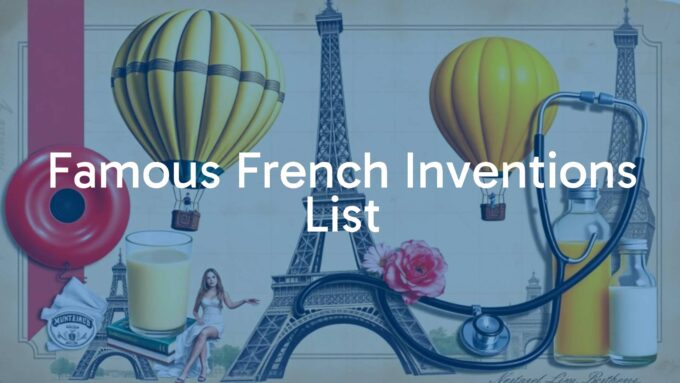


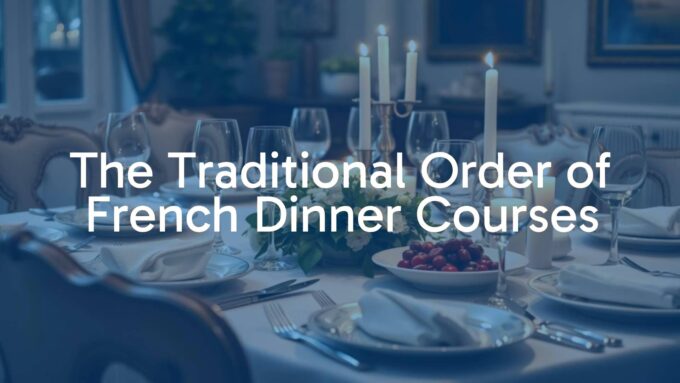
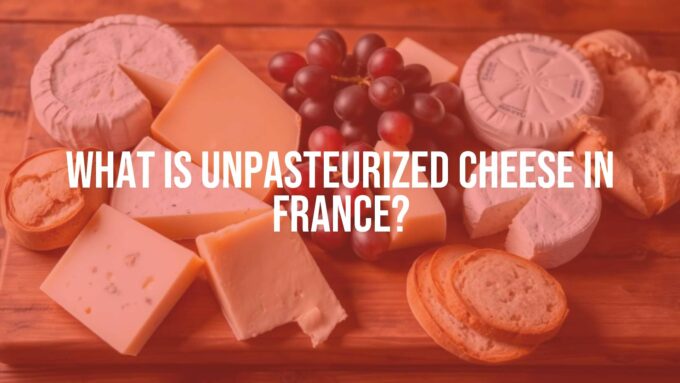
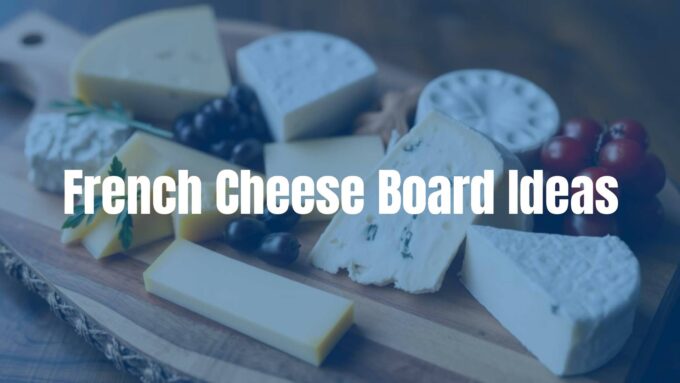
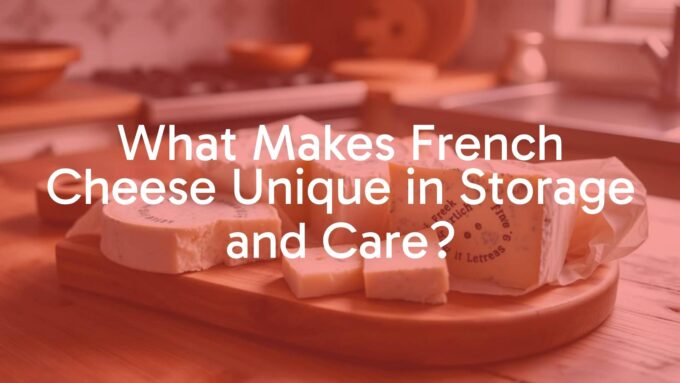
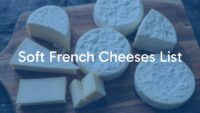


Leave a comment